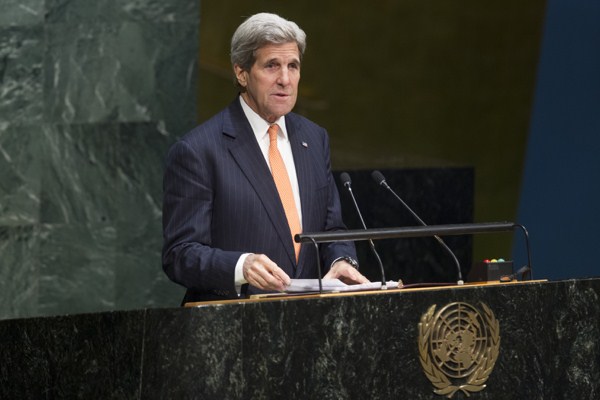The monthlong 2015 review conference of the Non-Proliferation Treaty (NPT), which began yesterday, will put a spotlight on a number of priority issues on the nonproliferation agenda. Of these, the potential deal between Iran and the P5+1—the United States, United Kingdom, France, Russia, China and Germany—on Tehran’s nuclear program, which would bring Iran back into compliance with its NPT obligations, is likely to attract the most attention. However, the current arms control stalemate among the U.S., Russia and China, which has endured since the previous NPT review conference in 2010, will also shape the conference’s outcome.
This stalemate results from a combination of geopolitical and technological factors, and the latter challenge of managing new military technologies that can weaken the traditional pillars of nuclear stability is likely only to grow. Although U.S. President Barack Obama’s administration has rightly highlighted progress in certain areas, some nonnuclear weapons states argue that more reductions are needed to sustain a balanced nonproliferation regime, while others accuse the great powers of applying a double standard that emphasizes the treaty’s nonproliferation components over its disarmament aspects.
The acute tensions between the U.S. and Russia in recent years have contributed to both countries’ inability to move beyond their New START accord of 2010. Although this treaty only stabilized their force totals and renewed important verification mechanisms, it helped keep the U.S.-Russia strategic arms control process intact at a time when other conventional and nonstrategic nuclear treaties have either been encumbered by credible allegations of violations, as in the case of the Intermediate Nuclear Forces Treaty, or entirely broken down, as in the case of the Conventional Forces in Europe Treaty.

